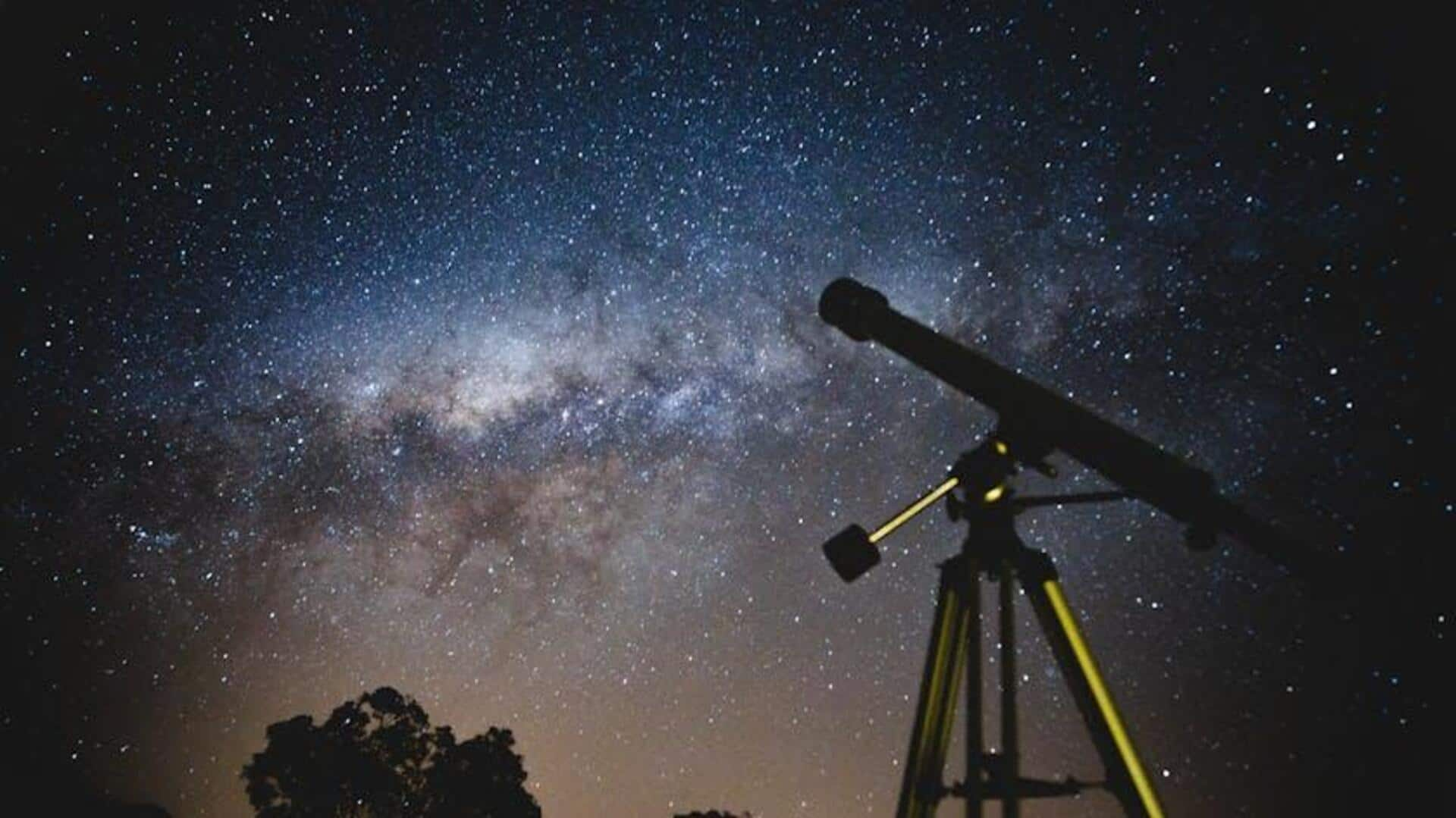
Fascinated by the stars? Explore deep space like never before
What's the story
Humans have always been fascinated by the stars, and deep space observatories offer a glimpse into the vastness of the universe.
Armed with powerful telescopes, these facilities allow you to observe distant galaxies, nebulae, and quasars—supermassive black holes at the centers of galaxies, emitting colossal energy.
This guide will help you make the most of your visit to these awe-inspiring destinations.
Preparation
Planning your visit
Before heading to an observatory, check if reservations are required. Many observatories cap the number of visitors to ensure everyone has an enjoyable experience.
Expect to pay around $20 for adult admission and $10 for child admission.
Since these observatories are located in remote areas to reduce light pollution, make sure to plan your transportation.
Also, keep an eye on the weather forecast. Observatories close during cloudy or stormy weather.
Experience
What to expect
Upon arrival, visitors receive a short orientation about the center and the highlights of their visit.
Then, you will proceed to the observation deck where telescopes are available for public use. Their staff will assist you in operating the telescope and engage in a discussion about your discoveries.
The experience of seeing planets in our solar system and the intricate details of far-off galaxies is truly mesmerizing.
Capturing stars
Night sky photography tips
If you're keen on astrophotography, certain observatories conduct workshops or permit visitors to connect their cameras to telescopes.
A fundamental advice is to utilize a camera with manual settings along with a tripod for steadiness.
Lengthy exposure times can reveal breathtaking details of celestial objects, but necessitate patience and practice.
Note that flash photography is usually not allowed near telescopes.
Learning more
Educational programs
Several observatories host a variety of educational programs targeting different age groups. These can include lectures on the latest astronomical research, workshops on telescope technology, and special stargazing events guided by professional astronomers.
Such programs offer a unique opportunity to gain a deeper understanding of the universe, and are usually included in the general admission price or offered at a very reasonable additional cost.
Tips
Maximizing your visit
To maximize your experience, aim to arrive early or visit during off-peak times if possible—weekdays are generally quieter than weekends.
Dress warmly as nights can get chilly even in summer due to high altitudes or open-air observation decks.
Finally, consider minimizing phone usage as screens can disrupt night vision; instead, fully immerse yourself in the experience.